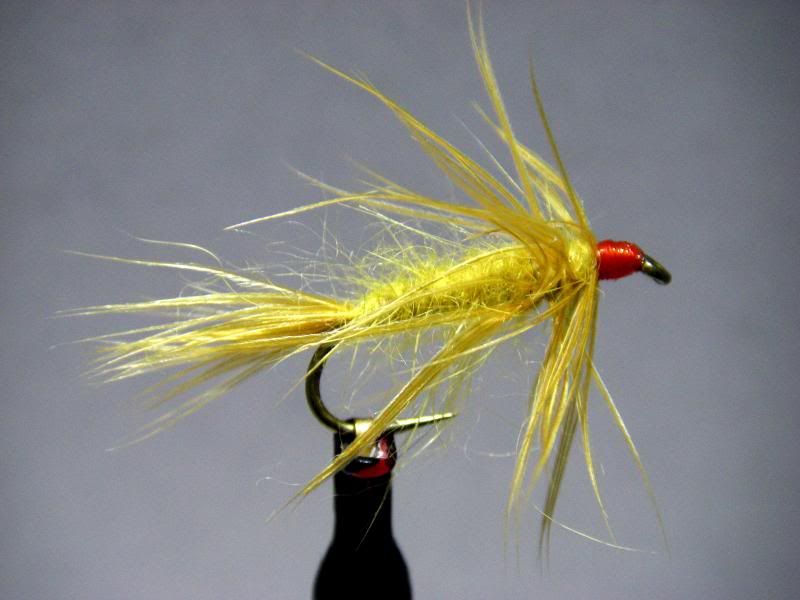Technically, there can't really be an all purpose nymph. There are too many variations amongst the naturals to closely resemble all in just one pattern.
However, if you were limited to using just one nymph, what pattern would it be?
For me, it is this slightly modified Red Fox Squirrel Nymph.
What is yours???





 Reply With Quote
Reply With Quote
